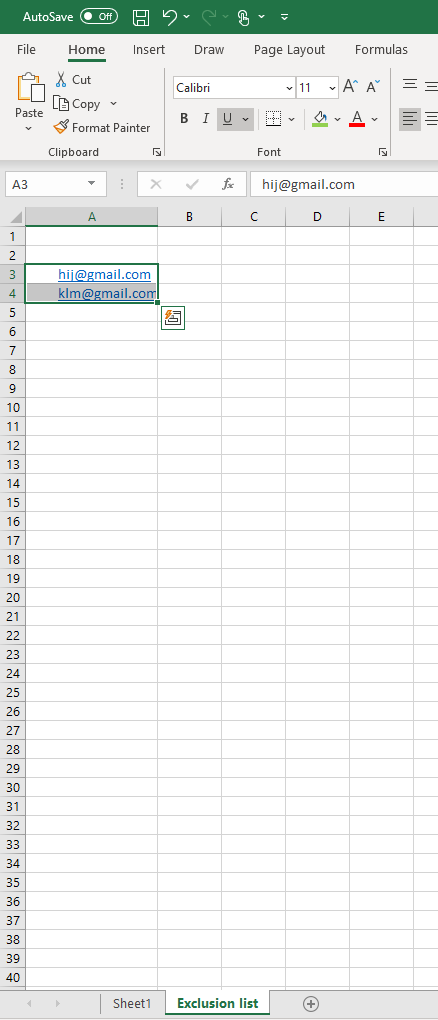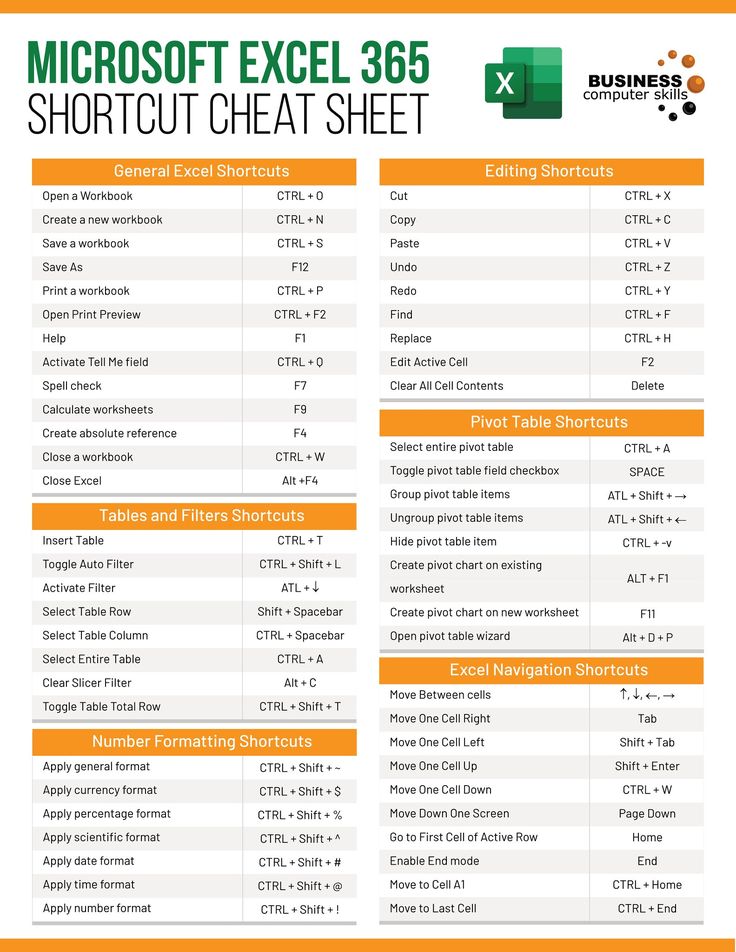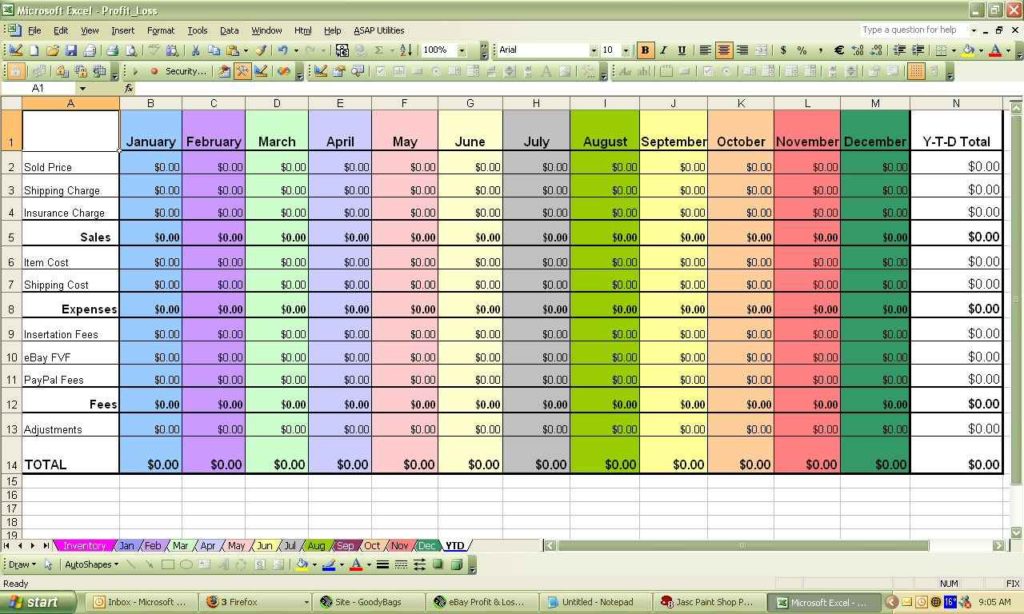5 Tips for Emailing a Single Excel Sheet

Getting Started with the Basics

When you’re sending an Excel file via email, think about the essentials. Here are some basic tips:
- Check File Size: Ensure the file isn’t too large, as this can cause delivery issues or make the recipient wait too long for download.
- File Format: Stick to standard formats like .xlsx or .csv for maximum compatibility.
- Use Meaningful Subject Lines: Your email should have a clear subject line like “Excel File: Q3 Sales Report” for easy identification.
- Recipient Considerations: If your recipient has an older version of Excel, save your file in a backward-compatible format.
📝 Note: Compress your Excel file if it’s large to ensure quick delivery without bloating the email.
Securing Your Excel Data

Before you hit that send button, make sure your Excel file is secure:
- Password Protection: Apply a password to your Excel workbook or sheets to keep sensitive information private.
- Sensitive Data: Always scrub or hide sensitive information like personal data or confidential figures.
- Read-Only Access: Consider setting the document to read-only to avoid unintended edits by the recipient.
- Data Encryption: If the file contains high-value data, consider encryption, especially if it’s being sent outside of a secure network.
🔐 Note: Ensure your password is strong and communicated to the recipient via a secure channel.
Optimize for Sharing

Optimizing your Excel file for easy distribution involves:
- Clear Structure: Use clear and concise headers, labels, and possibly a Table of Contents for large spreadsheets.
- Data Validation: If possible, restrict data entry through Excel’s data validation tools.
- Formula Simplification: Reduce or convert complex formulas into values where appropriate to reduce file size and avoid confusion.
- Remove Unnecessary Elements: Strip out any hidden rows, columns, or extra sheets before sending.
Ensure Compatibility

When sending an Excel file, compatibility is key:
- File Version: Save your file in the Excel version that is most likely to be used by the recipient.
- Macro Handling: If your file includes macros, alert the recipient or suggest disabling them to avoid compatibility issues.
- Alternative Formats: Consider using .csv or .ods if you’re unsure about the recipient’s Excel version.
- Formatting: Use standard fonts and formatting options to minimize issues with display.
Adding a Personal Touch

Lastly, a personal touch can make your email and Excel file stand out:
- Personal Note: Include a brief explanation of the file’s contents or any special instructions in the email body.
- Visual Enhancements: Add a header with your logo or color-code the Excel tabs for easy navigation.
- File Naming: Use clear, descriptive names like “Sales_Report_Q3_2023” to help recipients identify the file easily.
- Follow-up: Mention if you’re available for questions or if a follow-up meeting is necessary.
💡 Note: Personal touches like an introductory note or a well-structured Excel file can enhance communication and foster relationships.
As we've explored, sending an Excel file via email involves more than just an attachment. By following these tips, you ensure the file's safe, secure, and efficient delivery. From securing data to enhancing compatibility, you're now equipped to email Excel sheets with confidence, ensuring your recipients get the information they need without hiccups.
Why should I compress an Excel file before sending it?

+
Compressing an Excel file reduces its size, making it faster to send and download, preventing potential email delivery issues and improving the recipient’s experience.
Is it necessary to remove sensitive information from an Excel file before sending?

+
Absolutely. Removing sensitive information not only protects your data but also maintains compliance with data privacy regulations like GDPR or HIPAA.
What can I do if my Excel file contains complex macros?

+
Inform your recipient about the macros and suggest they enable them in a secure environment, or offer the file in a macro-free version for basic compatibility.